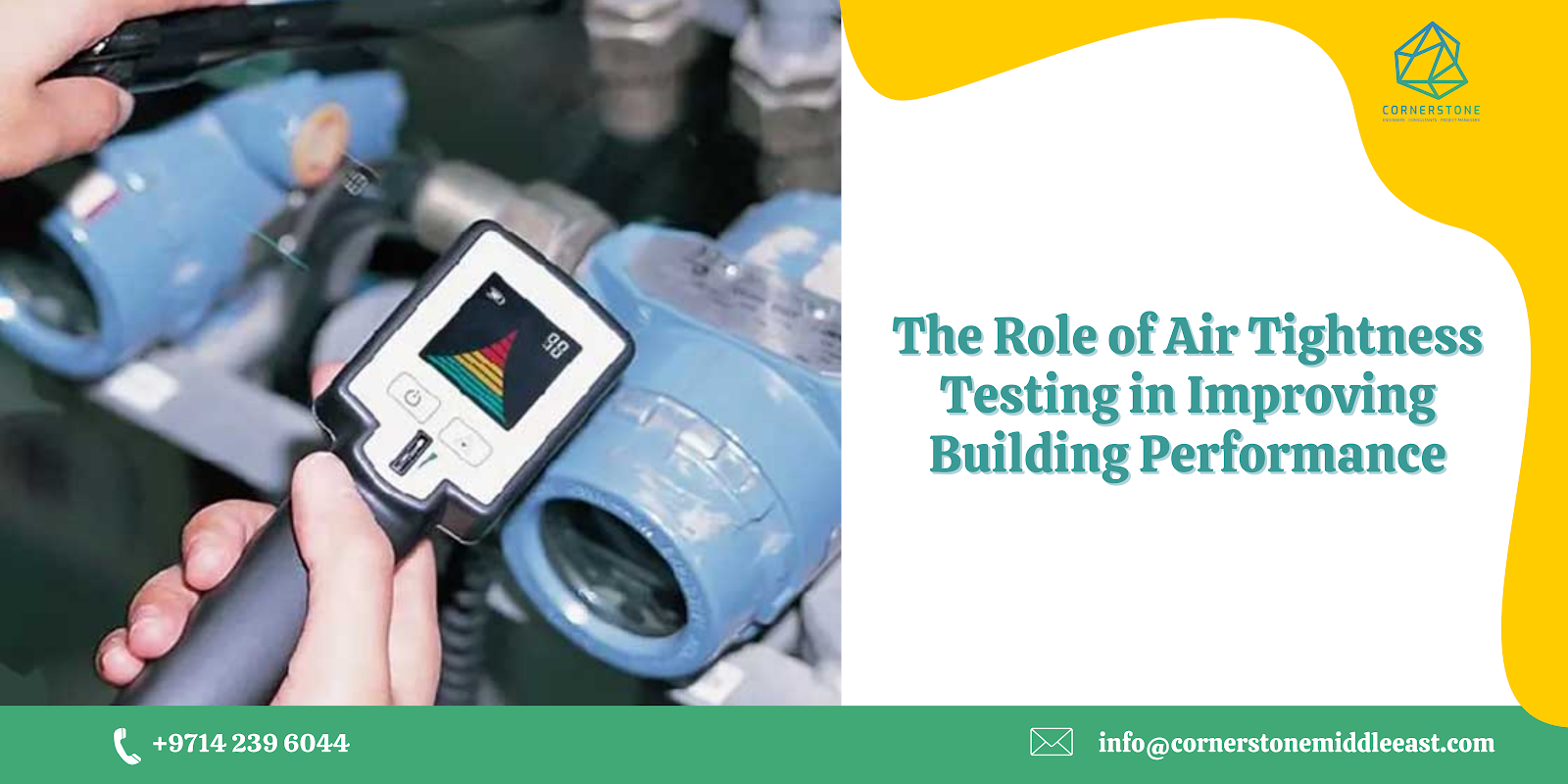Common Mistakes to Avoid During Room Integrity Testing
Room Integrity Testing is an important step in ensuring that fire suppression systems, especially clean agent systems, work effectively when needed. This test checks whether a protected room can hold the fire suppression agent for a long enough period to control or extinguish a fire. Many facilities, however, make mistakes during the process that can lead to inaccurate results, wasted resources, and even compromised safety. Understanding these mistakes and how to avoid them can help you maintain compliance, protect assets, and ensure that safety systems function properly.
Not Preparing the Room Before the Test
One of the most common mistakes in Room Integrity Testing is failing to prepare the room in advance. Any gaps, cracks, or openings can affect the accuracy of the results. Before starting, all penetrations in the walls, floors, and ceilings should be sealed. Cables, pipes, and duct openings must be inspected and closed to prevent leaks. A quick walkthrough before the test can identify obvious problem areas. Skipping this preparation step can cause the test to fail unnecessarily, leading to delays and additional costs.
Ignoring the Condition of Fire Suppression Equipment
Room Integrity Testing does not only evaluate the room itself; it also works in connection with the fire suppression system. If the system’s components—such as agent cylinders, control panels, or discharge nozzles—are not in proper working order, the test may not give reliable results. Regular inspection and maintenance of these systems are crucial. Technicians should verify that all devices are installed as per design, and there are no obstructions to the discharge paths.
Not Involving Trained Professionals
While some believe that anyone with the right tools can conduct Room Integrity Testing, it is a highly specialized process that requires skilled professionals. Certified technicians have the knowledge to operate test equipment accurately, interpret results, and identify potential problem areas. Using untrained staff can result in poor testing practices, incorrect conclusions, and costly rework. A professional testing service ensures both compliance with regulations and accuracy of results.
Overlooking Environmental Factors
Temperature, humidity, and air pressure differences can affect the outcome of Room Integrity Testing. If these environmental factors are not considered, test results may be misleading. For example, excessive temperature differences between the inside and outside of the room can create pressure variations that affect airflow measurements. Professional testers often monitor these factors and schedule testing at conditions that provide the most accurate results.
Testing Only Once Without Verification
Some facility managers assume that conducting the test once is enough. However, if changes are made to the room afterward—such as installing new cables, modifying HVAC systems, or changing wall panels—the integrity of the enclosure can be compromised. Periodic Room Integrity Testing should be performed, especially after construction or maintenance work. This ensures that the room continues to meet fire suppression requirements over time.
Failing to Document the Results Properly
A critical mistake in testing and inspections is not keeping proper records. Without clear documentation, it is difficult to prove compliance during audits or inspections. Test reports should include all measurements, equipment details, environmental conditions, and any issues found. This information helps in tracking performance over time and making informed maintenance decisions. In industries with strict safety regulations, this documentation can also be a legal requirement.
Neglecting to Inform All Stakeholders
Room Integrity Testing often involves shutting down certain systems temporarily or restricting access to specific areas. If stakeholders such as maintenance teams, security personnel, or facility managers are not informed in advance, it can lead to disruptions and misunderstandings. Proper communication ensures smooth testing, avoids unnecessary delays, and keeps everyone aware of their roles during the process.
Relying on Outdated Equipment
Testing equipment must be regularly calibrated and maintained to ensure accurate measurements. Using outdated or poorly maintained devices can produce false results, leading to either unnecessary corrective actions or a false sense of security. Professional testing companies often follow strict calibration schedules for their equipment, ensuring accuracy and compliance with industry standards.
Overlooking Small Air Leaks
Even small, unnoticed leaks can affect the outcome of Room Integrity Testing. Air can escape through gaps around electrical outlets, ceiling tiles, and small pipe penetrations. While these may seem insignificant, they can reduce the retention time of the fire suppression agent. Conducting a detailed inspection with proper leak detection tools before testing can help address these minor issues in advance.
Not Considering the Building’s Overall Airflow System
In many cases, a room’s integrity is affected by the building’s HVAC system. Air handling units, ductwork, and ventilation fans can create pressure differences that influence the test. If the HVAC system is not properly isolated or adjusted during Room Integrity Testing, it may cause inaccurate readings. Testing professionals often recommend isolating ventilation systems to avoid such problems.
Treating the Test as a One-Time Compliance Task
A big mistake is treating Room Integrity Testing as just a requirement to pass during inspections. This test should be part of a continuous safety strategy. Regular testing and inspections can detect changes in room structure or system performance over time. By making it part of a routine maintenance program, organizations can ensure ongoing compliance and safety.
Conclusion
Room Integrity Testing plays a crucial role in ensuring the effectiveness of fire suppression systems, especially in critical facilities such as data centers, control rooms, and server rooms. Avoiding the common mistakes listed above can save time, reduce costs, and enhance safety. From proper preparation and environmental consideration to professional execution and accurate documentation, every step matters. By treating this process as an essential part of your building’s safety strategy rather than a one-time obligation, you can ensure long-term protection of valuable assets and the safety of people inside the facility.




Comments
Post a Comment